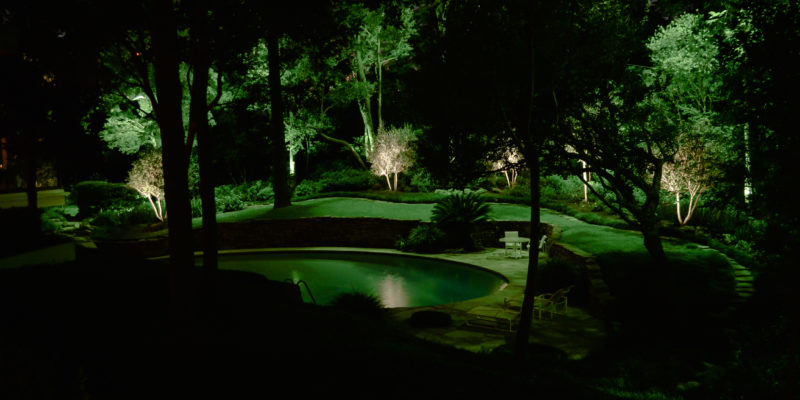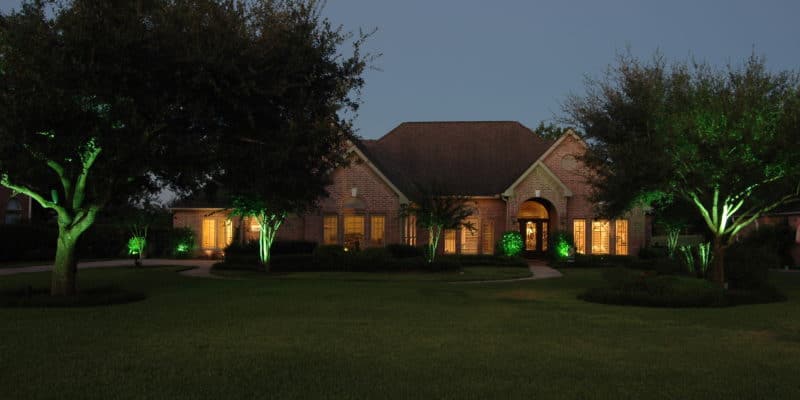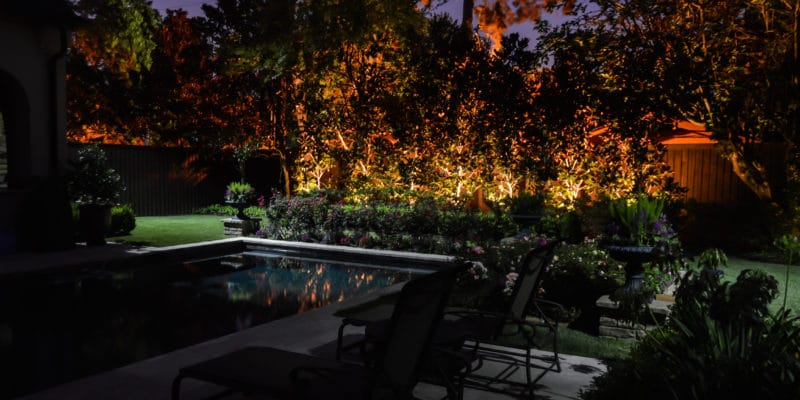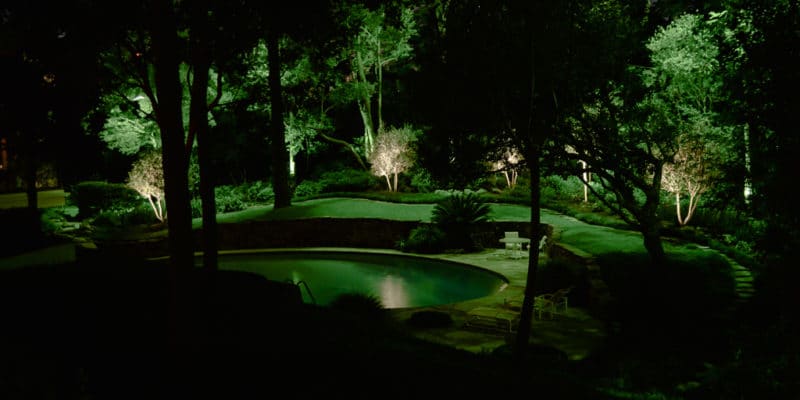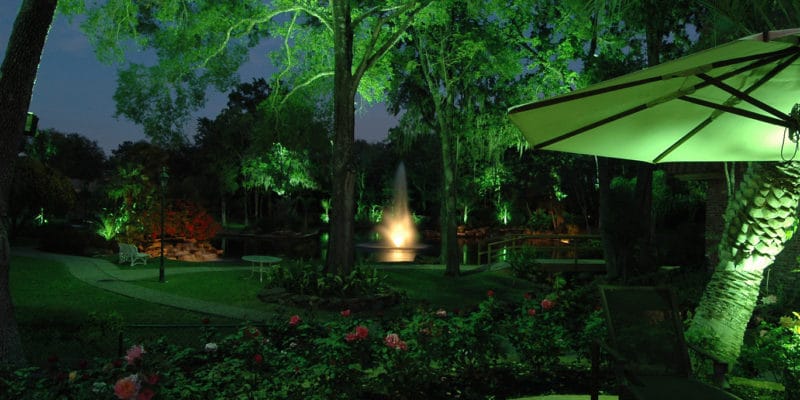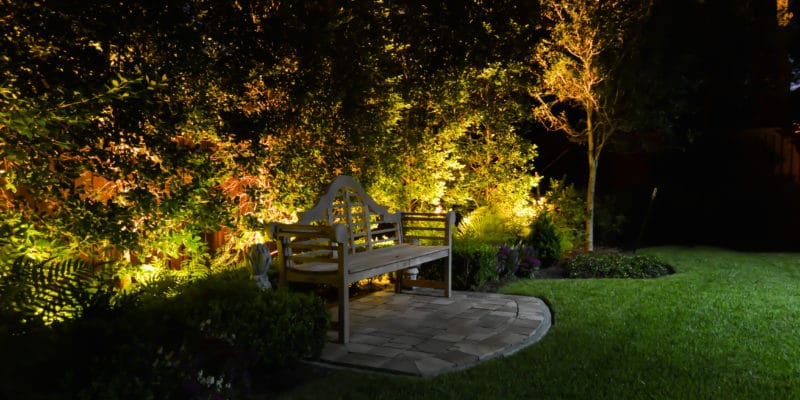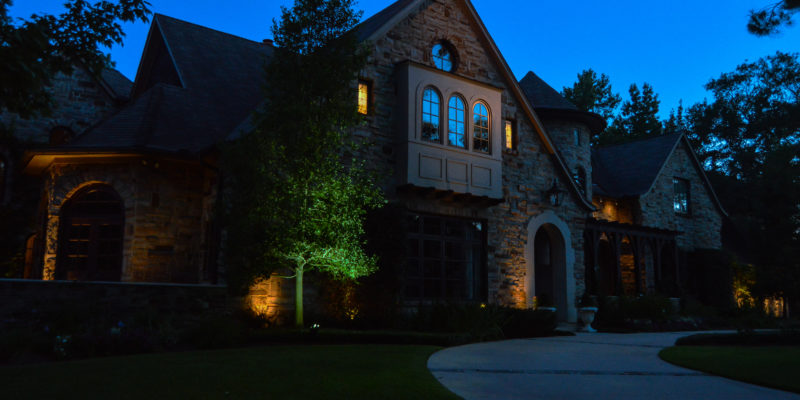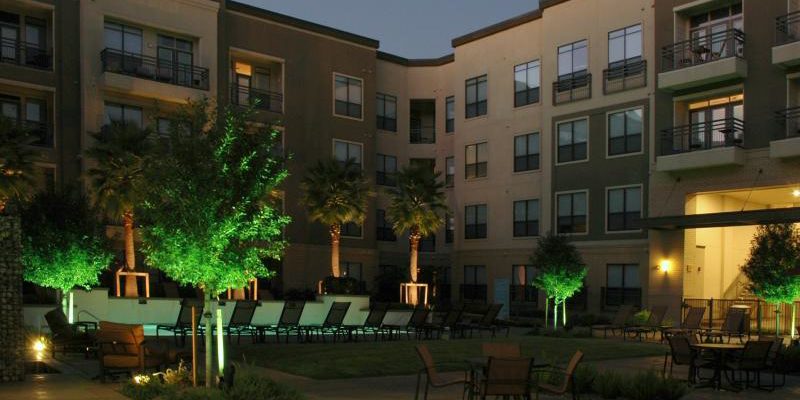Considering The Effects For Your Outdoor Lighting In Houston
You will need full knowledge of the temperatures, nature, types, and sources of your lighting elements if you will use their effects to the maximum in an outdoor location.
Modern lighting technology has become very advanced and now lighting designers can choose between the colors, brightness and even the “heat” or temperature of the light. Because these will be measured in Kelvins, we have lighting sources delivering a warm amber glow at cooler kelvins and those delivering the cold white light at higher registers.
Kelvin Color Temperature Scale
The Kelvin range that most manufacturers and designers use to describe residential lighting is between 2500k and 4000k. As a rule of thumb, you want to use the warmer colors and registers between 2500 and 2700 for illuminating architectural features. The cooler whiter lights and those between 3000k and 4000k can be used to illuminate plants and landscapes.
The Best Color Temperature For Your Landscape Lighting
Color temperatures can be described as how warm or cool they appear to be, or simply put, how far they are on the scale between amber (warm) and white (cool). The right temperature of light can be chosen for the subjects they will be illuminating and the situation they will be placed. There are no rules here, but there are some pointers that can help to achieve certain looks. Sometimes moving things around and testing different effects is the best idea.
One important tip is that bluish, white and cooler colors tend to make a poor choice in an outdoor scenario. This is because these bluer tones on the soft natural tones outside tend to make things look sickly and dead. Instead, choose a warmer color tone, something between 2700k and 3000k LED is the best option. 2700 is a very warm tone and akin to having a glowing campfire in the vicinity that casts a comforting glow on everything around. This is a great way to create soothing, relaxing and comfortable exterior effects.
Some Specific Lighting & Light Suggestions
If you will be lighting outdoor entertainment areas, such as fireplaces, cookouts, and gazebos, use lights at the lowest end of the Kelvin scale. These lights at about 2000k provide the warmest of glows much like the soft glow of a candle or a tiki torch. Located strategically in your entertainment area, this will create an especially romantic tone.
A 4000k artificial light placed high above the tree makes a perfect moon glow that reflects deeply over the foliage and features below. These artificial moonlights come equipped with a glare shield that keeps the light pointed in the desired direction.
Choose the Warm White (2700K). This LED is a lot like halogen-type landscape lighting. The color choice is especially popular for a variety of situations. This is also considered one of the best lighting temperatures as it is especially relaxing and soothing to the mind.
Warm or Natural White (3000K). Slightly cooler than 2700 can be used in a wide variety of situations for a more refined and sophisticated look, many modern landscapers prefer this temperature for accentuating greens in vegetation.
Cool White (4000K) is very blue compared to the popular 2700k, this option is chosen to illuminate vegetation that is already blue in color and this includes many types of grass, shrubs, and trees like the blue spruce and juniper.
If you would like to discover more tips and tricks from Robert Huff Illuminations; visit our blog. Call or contact us today for more information!
